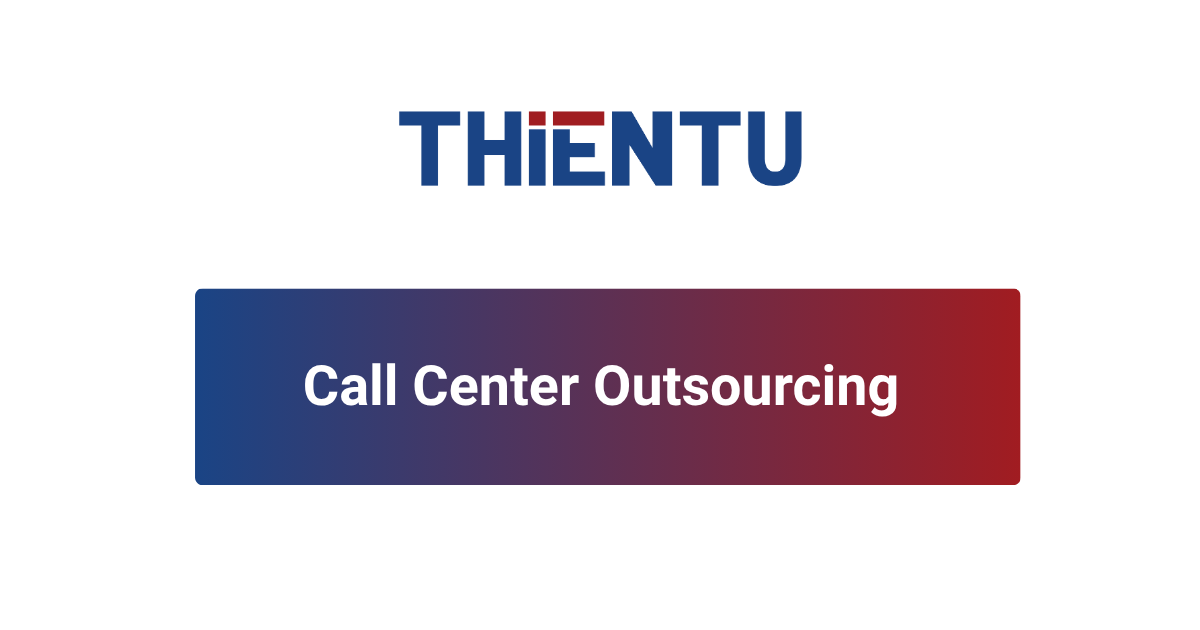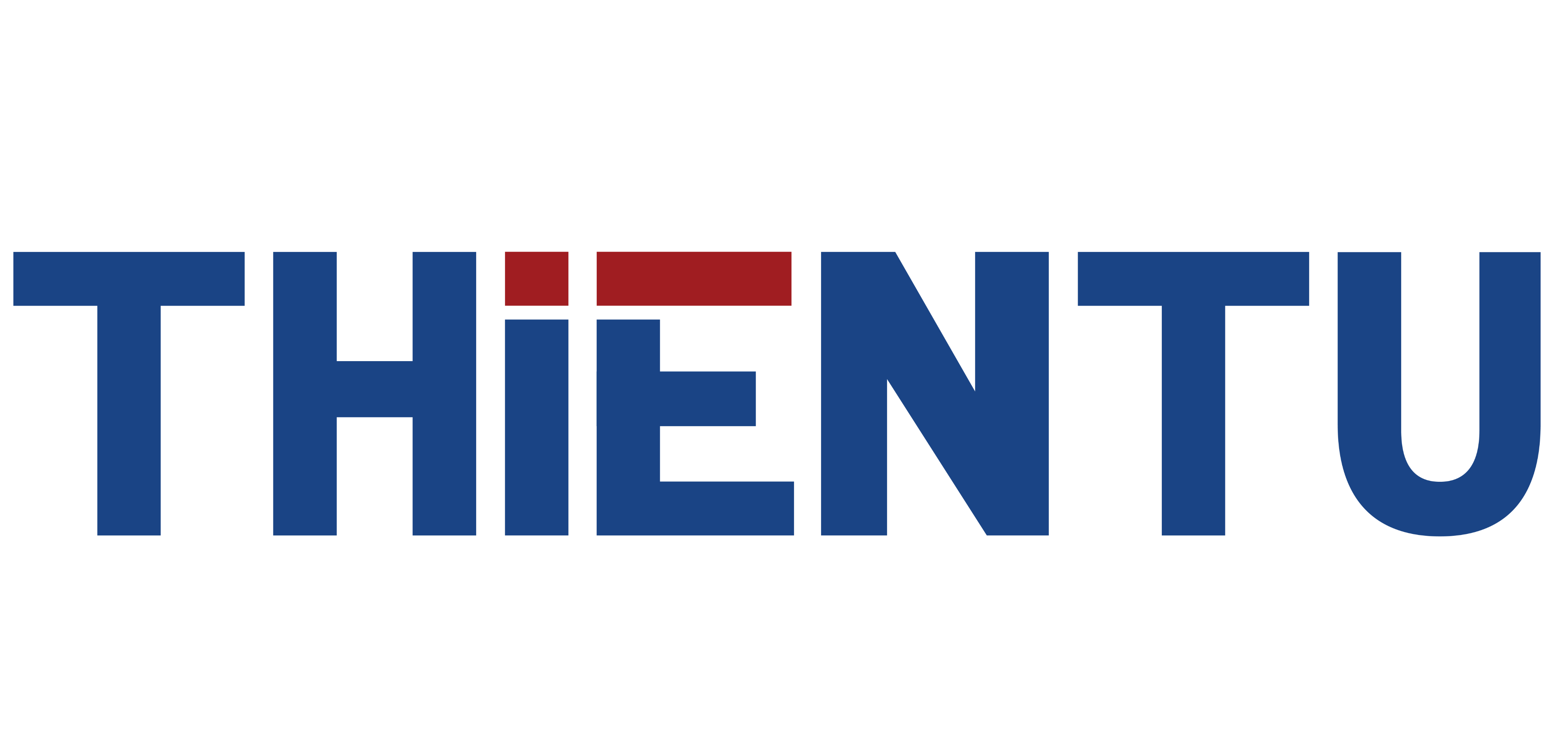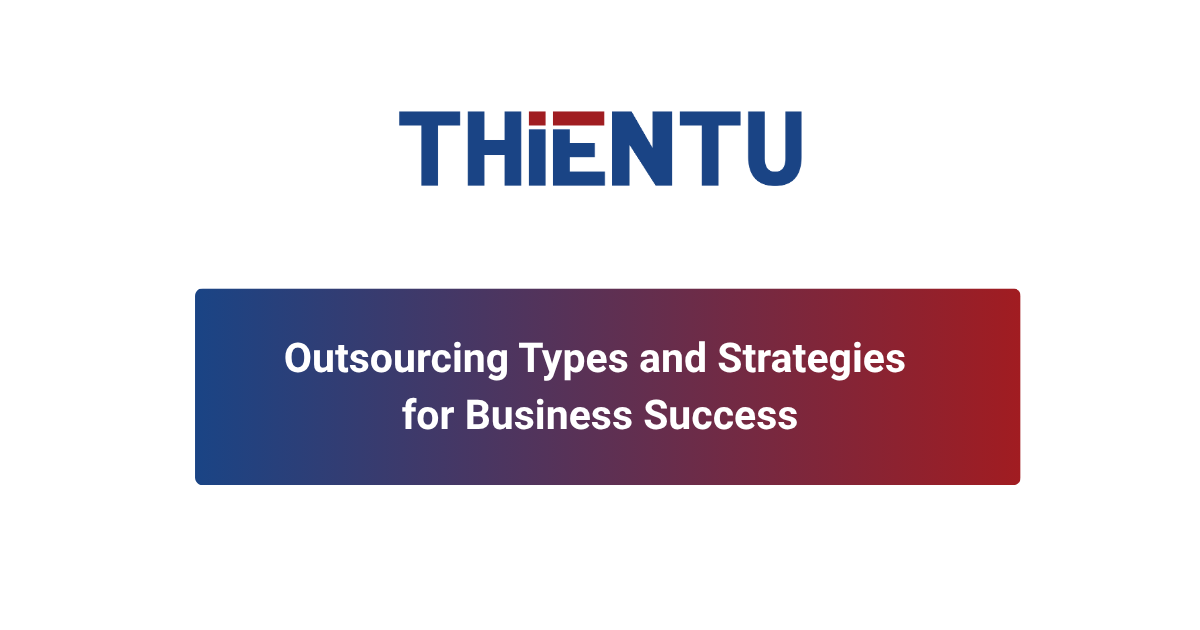Call Center Outsourcing Explained: How to Scale Customer Service Without Compromise

Call center outsourcing is an increasingly common strategy for businesses seeking to improve customer experience, reduce costs, and scale operations. Whether you're a startup scaling quickly or an enterprise optimizing support costs, this guide offers a clear, non-promotional overview of what call center outsourcing entails, when it makes sense, and how to implement it successfully. THIENTU BPO brings insights from years of experience working with businesses across industries to help you make informed decisions.
What is Call Center Outsourcing?

Call center outsourcing is the practice of hiring an external provider to manage customer communication and support tasks. It's a subset of Business Process Outsourcing (BPO), which includes a broader range of back-office functions.
Outsourced call centers typically manage:
-
Inbound services: Handling incoming calls for customer service, technical support, order tracking, and complaints resolution.
-
Outbound services: Making proactive calls for sales, surveys, lead generation, customer retention, and follow-ups.
-
Omnichannel support: Engaging customers across phone, email, live chat, and social media platforms to ensure consistent service.
These services can be delivered from nearshore, offshore, or domestic locations, depending on business goals, budget, and language/time zone needs.
When Should You Consider Call Center Outsourcing?
Call center outsourcing isn't just for large corporations. It can be an ideal solution for businesses facing:
-
Rapid Growth: Internal teams can quickly become overwhelmed as customer volume increases. Outsourcing provides immediate scalability.
-
Seasonal Fluctuations: Industries like retail, travel, and utilities often experience spikes in demand. Outsourcing lets you scale up and down efficiently.
-
High Labor Costs: Hiring, training, and managing in-house support teams can be expensive. Outsourcing often reduces costs significantly while maintaining service quality.
-
Geographic Expansion: For companies entering new markets, multilingual support and local time zone coverage are essential.
-
Lack of In-House Expertise: Outsourced providers have dedicated training teams, performance management tools, and advanced QA systems.
Outsourcing is a strategic way to access professional resources, improve efficiency, and redirect internal focus to core business activities.
The Role of Call Centers and the Tools They Use
Call Center Responsibilities
Modern call centers do more than just answer phones. Their core responsibilities include:
-
Resolving customer inquiries and complaints
-
Providing technical support and troubleshooting
-
Managing orders, billing, and returns
-
Following up with customers for feedback or promotions
-
Enhancing customer satisfaction and loyalty
Key Roles in a Call Center
-
Customer Service Representatives (CSRs): Frontline staff interacting directly with customers.
-
Team Leaders/Supervisors: Monitor and guide agents, ensuring performance targets are met.
-
Quality Assurance Analysts: Evaluate call recordings, emails, and chats to uphold service standards.
-
Workforce Managers: Forecast staffing needs and manage schedules to meet demand.
-
Trainers: Equip new agents with skills and provide continuous education.
-
IT/System Admins: Support software and hardware systems that power call center operations.
Tools and Software
Technology is the backbone of modern call centers. Key systems include:
-
CRM Platforms (Salesforce, Zoho, HubSpot): Manage customer data and interaction history.
-
Help Desk Tools (Zendesk, Freshdesk): Handle tickets across multiple communication channels.
-
VoIP and Call Center Software (Five9, Genesys Cloud, Aircall): Enable call routing, IVR, call recording, and analytics.
-
Workforce Management Tools (Calabrio, Verint): Optimize scheduling and agent productivity.
-
Omnichannel Communication (Intercom, Twilio, LiveChat): Connect with customers wherever they are.
-
AI and Analytics: Chatbots, real-time sentiment analysis, call transcription, and performance dashboards.
These tools enable consistent, responsive, and measurable customer support.
How the Call Center Outsourcing Process Works

A structured outsourcing process ensures a smooth transition and optimal outcomes. Here’s how it typically unfolds:
Define Your Needs
Identify your goals (e.g., reduce wait times, increase coverage). Determine support channels, expected call volumes, required languages, and technical needs. Clarify internal processes and pain points.
Evaluate and Select a Partner
Shortlist providers with experience in your industry. Assess cultural alignment, scalability, and tech capabilities. Request service demos, client references, and pricing models.
Onboarding and Training
Collaborate on SOPs, FAQs, scripts, and system access. Deliver product or service training to agents. Conduct test calls or a pilot phase before full launch.
Monitor and Optimize
Track metrics such as first call resolution, average handling time, and customer satisfaction (CSAT). Use reporting tools to identify trends and areas for improvement. Hold regular reviews and feedback sessions to refine the process.
Key Factors to Evaluate When Choosing a Call Center Partner
Choosing the right outsourcing partner is critical. Consider:
-
Relevant Experience: Familiarity with your industry, customer base, and compliance needs.
-
Service Level Agreements (SLAs): Clear targets for response time, uptime, resolution rates, etc.
-
Cultural Fit: Alignment in values, tone of communication, and brand representation.
-
Technology and Infrastructure: Cloud-based systems, omnichannel capabilities, integration options.
-
Security and Compliance: Data protection, confidentiality protocols, industry certifications (e.g., ISO, HIPAA).
Ask direct questions, review performance data, and ensure transparency in processes before making a decision.
Common Call Center Challenges (and How to Tackle Them)
-
Maintaining Consistent Service Quality
-
Without proper training and QA systems, maintaining consistency across agents and shifts can be difficult, especially as teams scale.
-
-
High Employee Turnover
-
Call centers often face high attrition rates, leading to frequent onboarding needs and knowledge gaps if not proactively managed.
-
-
Technology Integration Issues
-
Mismatched or outdated systems can create inefficiencies and delays, especially when integrating with client platforms or managing omnichannel workflows.
-
-
Security and Compliance Risks
-
Handling sensitive customer data requires strict adherence to privacy regulations and internal protocols to avoid data breaches.
-
-
Managing Customer Expectations Across Channels
-
Ensuring a seamless experience across phone, email, chat, and social media can be challenging without unified processes and consistent messaging.
-
Case Study: How THIENTU Solved a Major E-Commerce Delivery Issue
In early 2023, THIENTU BPO tackled a rise in delivery-related complaints in an e-commerce project. With over 7,500 complaints in three months (15% of order volume), the need for a structured solution was urgent.
Challenge
-
Delayed shipments in metro areas by 2–3 days
-
Negative customer feedback and refund requests
-
Unclear causes behind the delivery delays
Solution Approach
-
Conducted a Root Cause Analysis (RCA) across customer feedback and logistics data
-
Identified key issues: slow warehouse handling (40%), staffing shortages (30%), and tracking errors (20%)
-
Implemented automation in sorting, expanded delivery workforce by 20%, and launched real-time tracking
Results
-
Complaint volume dropped by 84%
-
On-time delivery improved to 96%
-
Customer satisfaction rose to 90%
This case showcases how a data-driven improvement process restored operational performance and enhanced customer experience.
Before You Outsource: Key Takeaways to Remember
Call center outsourcing isn’t a quick fix—it’s a strategic investment. To succeed:
Set clear goals and metrics. Communicate openly with your provider. Start small with a pilot, then scale up. Foster a true partnership, not just a vendor relationship.
Regular check-ins, shared KPIs, and collaboration go a long way in creating a productive, long-lasting outsourcing engagement.
FAQs About Call Center Outsourcing
What is call center outsourcing?
It’s the practice of hiring a third-party provider to handle customer communications and support services like phone, chat, email, or social media.
What types of services can be outsourced?
Inbound support, outbound sales, tech help, order tracking, multilingual support, omnichannel communication, and more.
Is outsourcing only for large companies?
No. Small and medium-sized businesses can benefit significantly from outsourcing due to cost efficiency, scalability, and access to specialized talent.
How do I maintain control over outsourced operations?
Use tools like CRM integrations, dashboards, regular performance reviews, and real-time reporting to stay informed and involved.
What’s the typical onboarding process like?
It includes defining goals, selecting a vendor, transferring knowledge, conducting training, testing services, and reviewing early results.
Is data secure when outsourcing customer service?
Reputable outsourcing providers follow strict data protection standards and are often certified for compliance with GDPR, HIPAA, or ISO standards.
Your Next Step in Exploring Call Center Outsourcing
Call center outsourcing enables businesses to improve service delivery, cut costs, and scale support without compromising on quality. With the right structure, tools, and partnership in place, it can be a long-term asset for operational excellence. THIENTU BPO offers deep experience and structured support to help companies make this transition smoothly. When you're ready to explore your options, our team is here to help you make the right call—no pressure, just guidance.
Explore nearshore vs offshore outsourcing. Understand differences, benefits, and industry use cases — and learn how THIENTU BPO helps optimize global outsourcing strategies.







.png)

.png)










 Back
Back